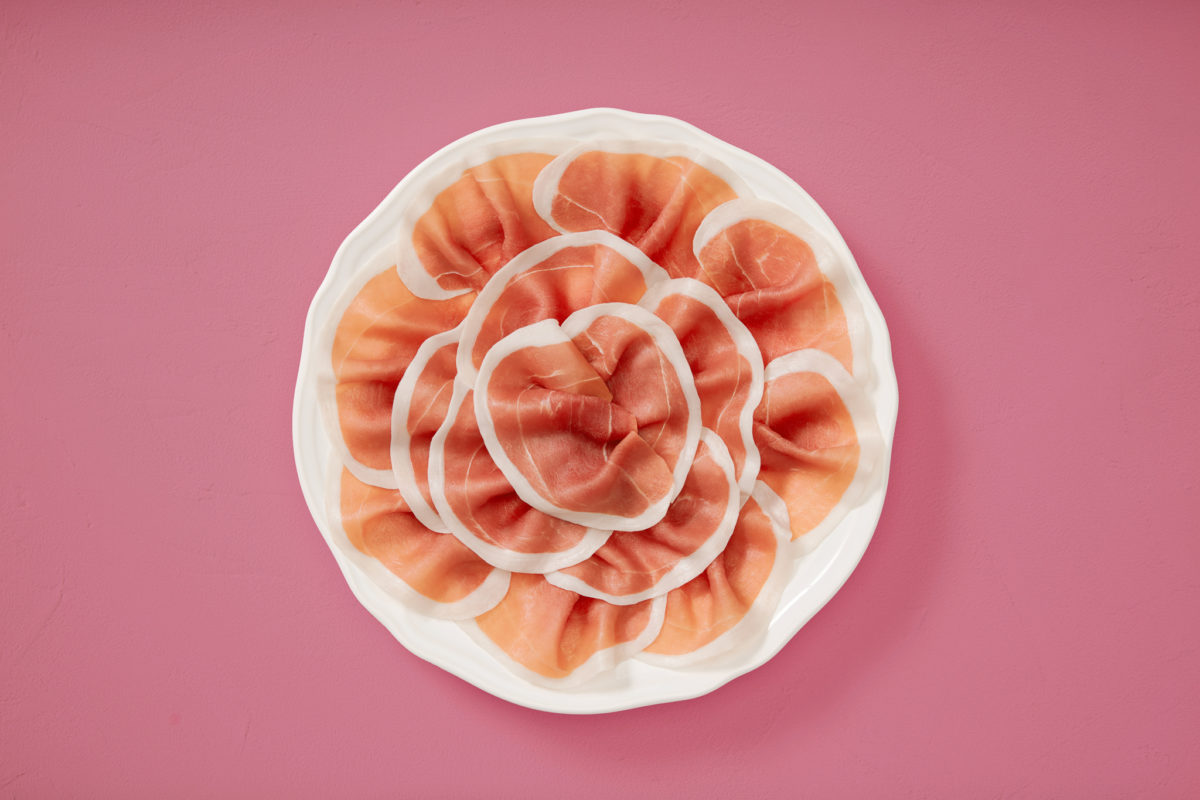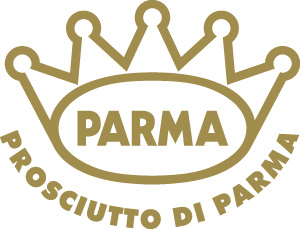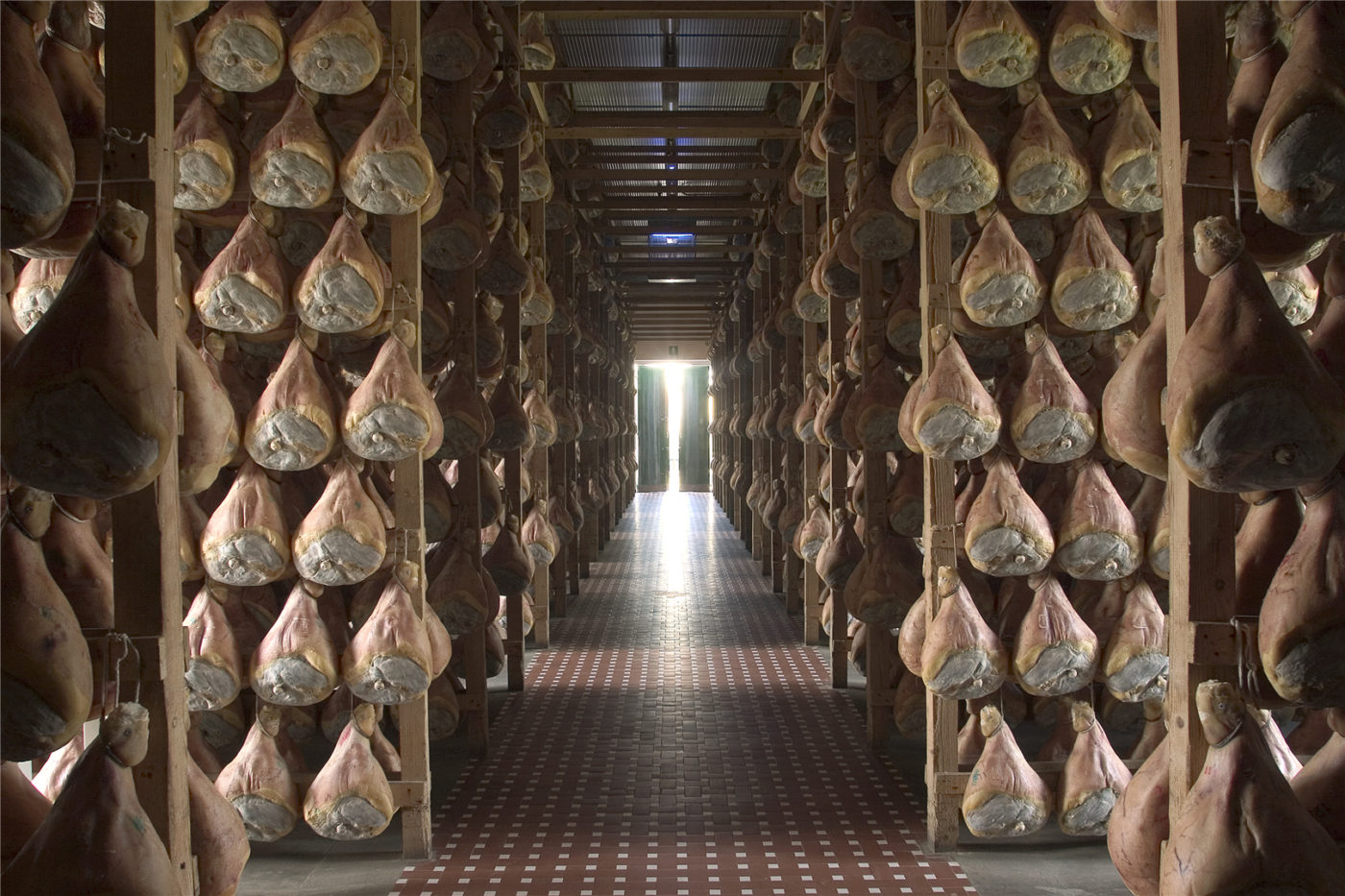Chef’s Roll has partnered with Prosciutto di Parma to find five US-based chefs who excel at their craft and are looking for a new opportunity to work with one the top culinary products in the world.
Complete the 2-minute survey below by August 7th for a chance to be one of those lucky five!
Selected chefs will receive a free, whole leg of Prosciutto di Parma which they will use to create an original dish and run a Limited Time Offer. In addition, Chef’s Roll will promote the selected chef and their restaurant to our audience of 1.5 million people!
Registration is now closed. Thank you to everyone who signed up. If you are selected to participate you will be contacted within the next week!

Why Prosciutto di Parma for Foodservice?
It’s not like other hams
- PdP has been produced for more than 2,000 years in Parma, Italy. The production of every PdP is regulated to certify preparation using traditional methods in a specific geographic region.
- When compared to other prosciutti, Prosciutto di Parma is unique in that it is cured only with pure sea salt and contains no added nitrites and nitrates.

Numerous applications, consumer demand
- Consumer interest in global flavors and cuisine is trending, demonstrated by double digit growth (an average of +86%) of specific location call outs on menus over the last four years.
- While PdP is a well-developed ingredient featured in fine dining and on dinner menus, research suggests there is real opportunity to bring its distinctive flavor profile and premium quality to midscale dining and lunch menus.
- While pizza is a top-of-mind application for PdP among foodservice operators, the possibilities extend well beyond flatbread; other trending applications include non-fried protein appetizers (e.g., deviled eggs with crispy PdP, burrata & PDP, PDP & cantaloupe skewer), samplers (e.g., charcuterie boards, antipasti spread) and sandwiches.
- Paired deliciously with fruits like melon, figs and peaches in spring and summer, savory cheeses and flavorful vegetables in the fall and winter – Prosciutto di Parma is a year-round favorite.

Sell at a higher price point
- Recent data shows PdP has seen nearly +50% growth on menus over the past 10 years, shifting from 2.6% penetration to 3.9%. Despite this tremendous growth, menu penetration remains low, showing there is great opportunity to expand usage across the foodservice segment – particularly in limited service, casual and midscale dining.
- By calling out the di Parma by name on menus, foodservice operators can sell at a higher price point and ultimately capture more of the consumers wallet.
- Both breakfast and lunch menus show a premium price for PdP over generic – about a +$1.00 price gap or 7-8% increase in pricing.
- PdP delivers premium pricing on several menu items. In comparing PdP vs. generic prosciutto, the greatest price differences are in pasta ($5 price gap) and cold sandwiches ($2.55 price gap), though combo proteins ($5.50 price gap), salad ($2 price gap) and other appetizers ($2 price gap) also benefit from premium pricing.
- Limited-service restaurants (quick service and fast casual) show the greatest price gap. QSR operations menu a price premium for PdP at $4.00 more, +44% premium. Casual and fine dining operations can also take advantage of the premium price point delivered by PdP.
Register above for a chance to be chosen!



